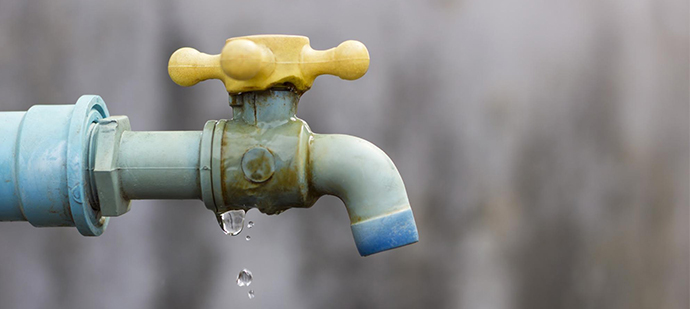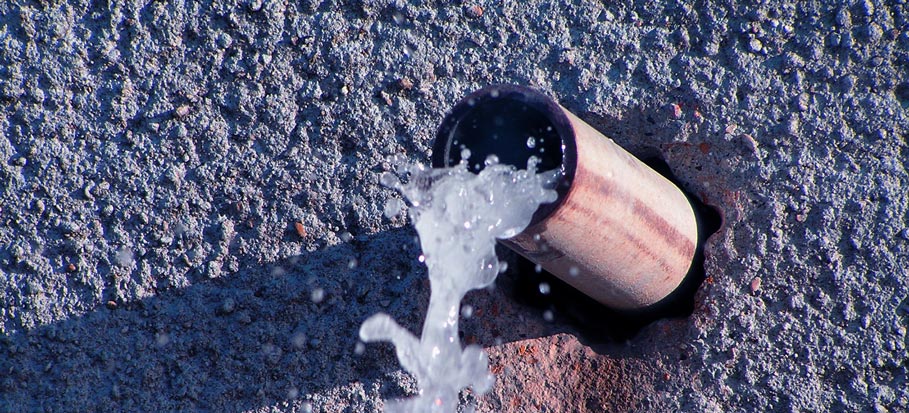Almost everyone has their personal idea about Leaking water lines.

Early detection of leaking water lines can minimize a potential catastrophe. Apart from saving you cash, it will reduce the stress and also aggravation. The moment you discover a leakage, calling your plumber for repair work is the very best option. Nonetheless, some little water leakages might not show up. Right here are some hacks that help if you can not identify it with your nude eyes.
1. Take A Look At the Water Meter
Every residence has a water meter. Inspecting it is a surefire manner in which aids you find leakages. For starters, switch off all the water sources. Ensure no person will purge, utilize the faucet, shower, run the cleaning machine or dish washer. From there, go to the meter and also watch if it will transform. Because no one is utilizing it, there need to be no motions. If it relocates, that indicates a fast-moving leak. Likewise, if you find no changes, wait a hr or two as well as inspect back once more. This implies you may have a sluggish leakage that could even be below ground.
2. Inspect Water Usage
If you find abrupt changes, in spite of your intake being the very same, it means that you have leaks in your plumbing system. An unexpected spike in your costs shows a fast-moving leak.
A stable increase every month, even with the same behaviors, shows you have a slow-moving leak that's also gradually rising. Call a plumber to extensively check your residential property, especially if you really feel a warm location on your floor with piping beneath.
3. Do a Food Coloring Examination
When it comes to water intake, 30% comes from bathrooms. If the shade somehow infiltrates your dish throughout that time without flushing, there's a leak in between the container and dish.
4. Asses Exterior Lines
Do not fail to remember to inspect your outdoor water lines also. Must water seep out of the link, you have a loose rubber gasket. One little leak can waste bunches of water as well as increase your water expense.
5. Evaluate as well as Assess the Circumstance
Homeowners must make it a habit to check under the sink counters as well as also inside closets for any bad odor or mold development. These 2 warnings suggest a leak so timely focus is called for. Doing regular evaluations, even bi-annually, can save you from a major issue.
A lot more significantly, if you understand your house is currently old, keep a watchful eye on your heating units, hose pipes, pipes and so on. Look for stainings as well as compromising as many pipes and also home appliances have a life expectancy. They will certainly likewise normally degrade due to tear as well as wear. If you presume leaking water lines in your plumbing system, do not wait for it to intensify. Call a professional plumber right away so you don't wind up with an awful mess in your house.
Early detection of leaking water lines can reduce a prospective calamity. Some tiny water leakages may not be noticeable. Examining it is a proven means that aids you uncover leakages. One little leakage can throw away bunches of water and also increase your water expense.
If you think leaking water lines in your plumbing system, don't wait for it to intensify.
WARNING SIGNS OF WATER LEAKAGE BEHIND THE WALL
PERSISTENT MUSTY ODORS
As water slowly drips from a leaky pipe inside the wall, flooring and sheetrock stay damp and develop an odor similar to wet cardboard. It generates a musty smell that can help you find hidden leaks.
MOLD IN UNUSUAL AREAS
Mold usually grows in wet areas like kitchens, baths and laundry rooms. If you spot the stuff on walls or baseboards in other rooms of the house, it’s a good indicator of undetected water leaks.
STAINS THAT GROW
When mold thrives around a leaky pipe, it sometimes takes hold on the inside surface of the affected wall. A growing stain on otherwise clean sheetrock is often your sign of a hidden plumbing problem.
PEELING OR BUBBLING WALLPAPER / PAINT
This clue is easy to miss in rooms that don’t get much use. When you see wallpaper separating along seams or paint bubbling or flaking off the wall, blame sheetrock that stays wet because of an undetected leak.
BUCKLED CEILINGS AND STAINED FLOORS
If ceilings or floors in bathrooms, kitchens or laundry areas develop structural problems, don’t rule out constant damp inside the walls. Wet sheetrock can affect adjacent framing, flooring and ceilings.
https://www.servicemasterbyzaba.com/blog/how-to-detect-water-leakage-in-walls/

We were shown that report about Top leak detection hacks through a good friend on another domain. You should take a moment to promote this page if you enjoyed it. Kudos for your time. Kindly come by our blog back soon.